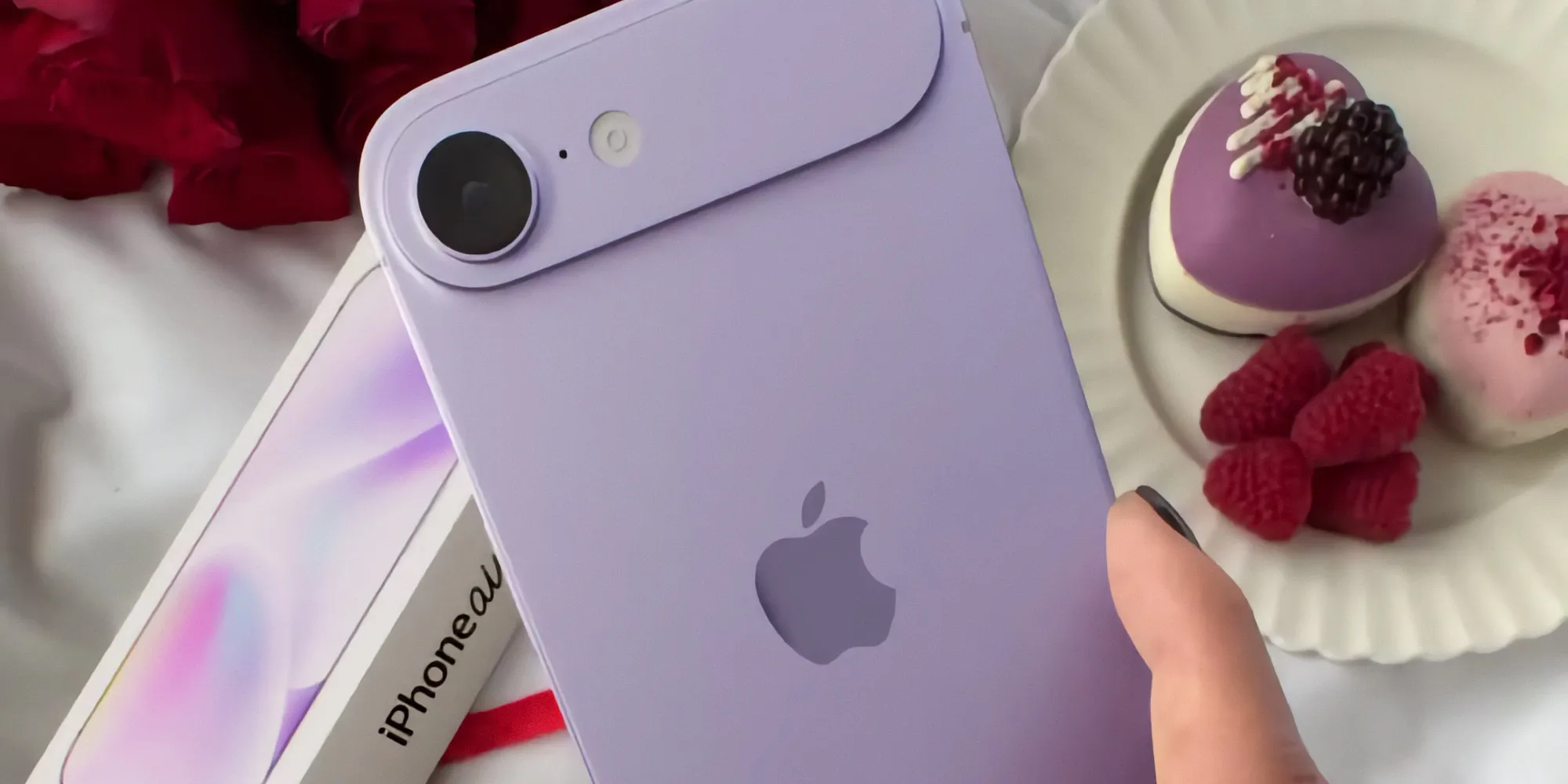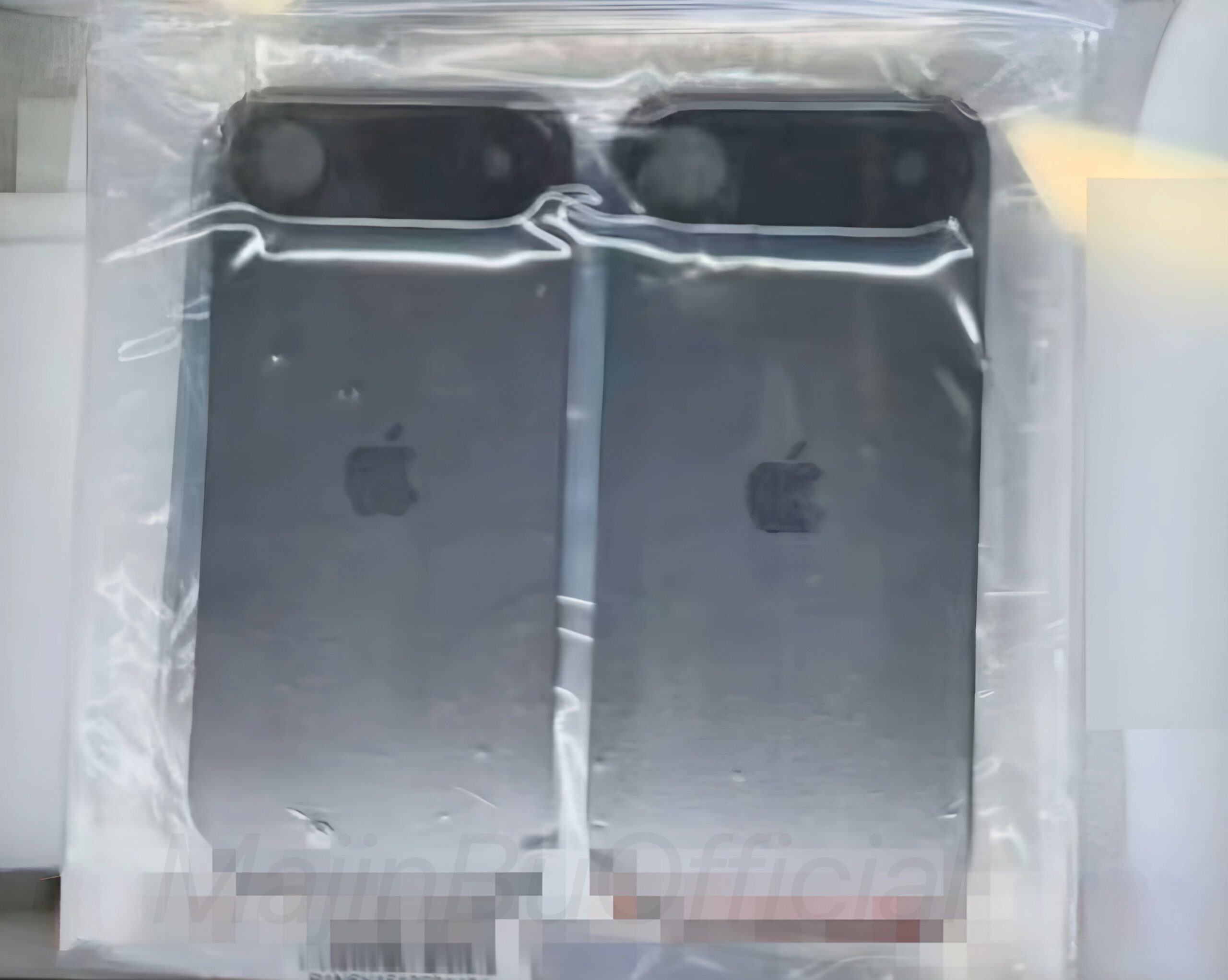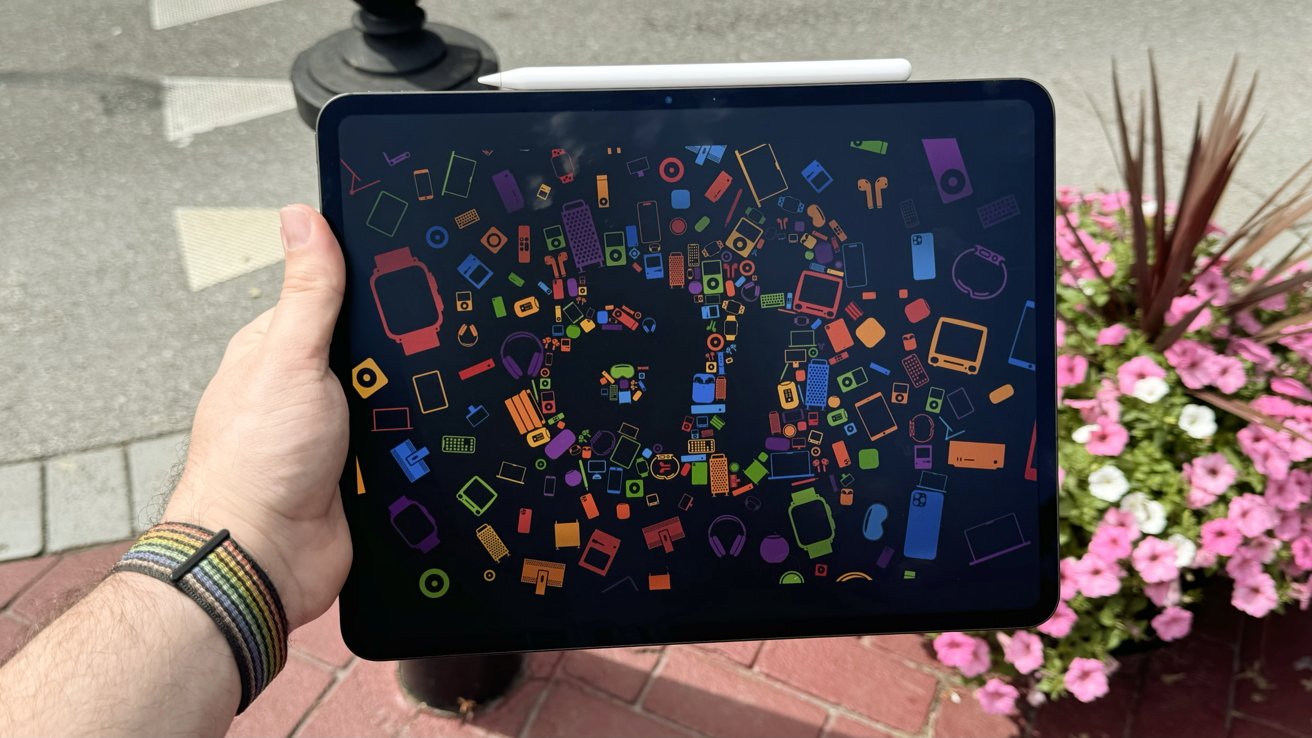For years, Apple has carefully segmented its iPhone lineup, reserving certain premium features for its “Pro” models. One such feature has been ProMotion, Apple’s marketing term for displays with variable refresh rates. These displays, capable of dynamically adjusting their refresh rate from a super-smooth 120Hz down to a power-sipping 1Hz, offer tangible benefits like smoother scrolling, more responsive gaming, and always-on display functionality. However, whispers from the supply chain suggest a significant shift on the horizon: could the entire iPhone 17 family be poised to embrace ProMotion?
The current landscape sees standard iPhone models stuck with a traditional 60Hz refresh rate. This means the screen refreshes 60 times per second. While perfectly adequate for basic tasks, it pales in comparison to the fluid experience offered by higher refresh rate displays.
In contrast, ProMotion displays, powered by LTPO (low-temperature polycrystalline oxide) OLED technology, offer a dynamic range. This technology allows the display to intelligently adjust its refresh rate based on the content being displayed. When playing a fast-paced game, the display ramps up to 120Hz for incredibly smooth motion.
When reading static text or viewing a still image, it drops down to conserve battery life. This variable refresh rate is the key to features like the always-on display, which shows essential information even when the phone is locked, thanks to the incredibly low 1Hz refresh rate.
Rumors of ProMotion trickling down to the entire iPhone 17 lineup aren’t entirely new. Back in September, prominent display analyst Ross Young predicted this very change. Now, these predictions are gaining further traction thanks to fresh reports emerging from the supply chain.
While these newer reports sometimes use the less specific term “high refresh rate,” the implication is clear: the benefits of ProMotion, including the variable refresh rate capability, are likely coming to all iPhone 17 models, including the standard and “Air” variants.
This shift would be a significant move for Apple. Currently, the gap in display technology between the standard and Pro iPhones is quite noticeable. Bringing ProMotion to the entire lineup would level the playing field, offering a more premium experience to all iPhone users, regardless of which model they choose.
This is particularly relevant given that many Android smartphones, even those in lower price brackets than the standard iPhone, already offer high refresh rate displays. Apple risks falling behind in this crucial area if it doesn’t adapt.
The benefits of a variable refresh rate display are multifaceted. Firstly, the higher refresh rate (up to 120Hz) provides a significantly smoother and more responsive user experience. Scrolling through web pages, navigating menus, and playing games all feel noticeably more fluid.
For gamers, the higher refresh rate translates to reduced motion blur and improved responsiveness, giving them a competitive edge. Secondly, the variable nature of the technology is crucial for power efficiency. By intelligently adjusting the refresh rate based on the content, the display consumes less power, leading to improved battery life. Finally, the ability to drop down to a 1Hz refresh rate enables the always-on display feature, a convenient way to glance at the time, date, and notifications without fully waking the phone.
The source of these latest rumors is also noteworthy. The information is coming from supply chain sources, often a reliable indicator of future product plans. Furthermore, the information aligns with previous reports from reputable analysts like Ross Young. This convergence of information from multiple sources lends significant credibility to the claims.
If these rumors prove accurate, the iPhone 17 lineup will represent a significant step forward in display technology for Apple. By bringing ProMotion to all models, Apple would not only provide a better user experience but also address a growing disparity between its offerings and the wider smartphone market.
The move would demonstrate Apple’s commitment to pushing the boundaries of mobile display technology and ensuring that all its customers have access to the latest advancements. It remains to be seen how Apple will market this change, but one thing is clear: the potential arrival of ProMotion across the entire iPhone 17 range has the potential to reshape the smartphone landscape.







